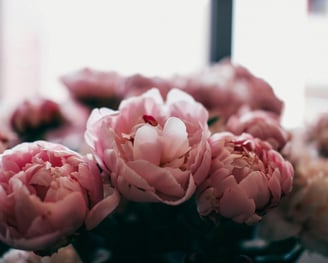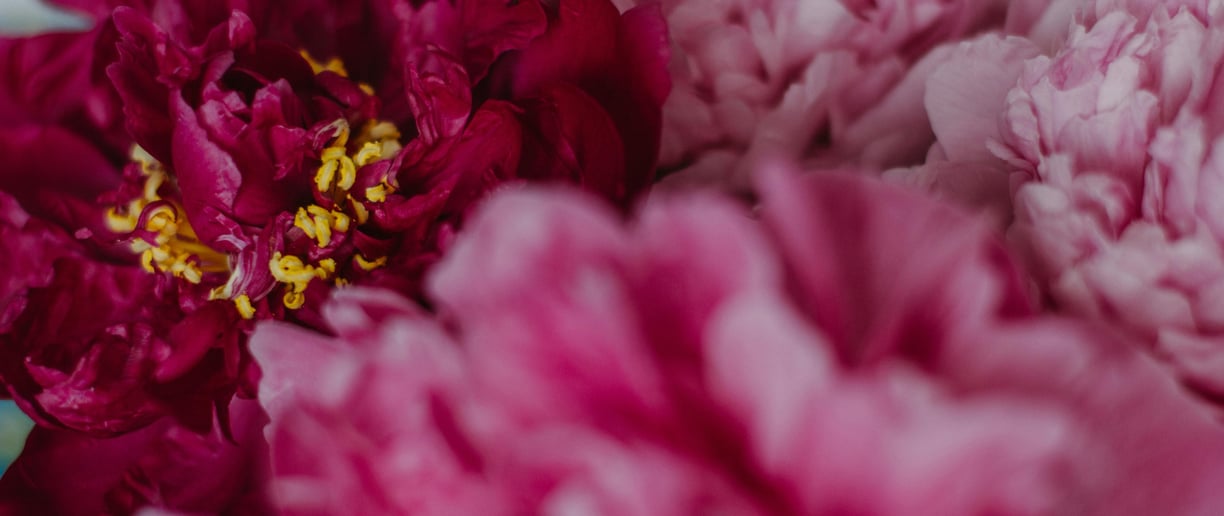

Peony, the beloved perennial flower, captivates with its sumptuous blooms and intoxicating fragrance. Originating from Asia, peonies are celebrated for their lush, layered petals and an array of colors, ranging from delicate pastels to vibrant hues. These majestic flowers hold deep cultural significance, symbolizing prosperity, honor, and romance in various traditions. Revered for their captivating beauty, peonies adorn gardens, bridal bouquets, and floral arrangements, evoking a sense of elegance and grace. Beyond their ornamental appeal, peonies are cherished for their therapeutic properties, with their fragrant blooms often used in aromatherapy to promote relaxation and emotional well-being. Whether adorning a garden bed or gracing a vase, peonies enchant with their timeless beauty and fragrant presence, infusing spaces with joy and tranquility.
Peony
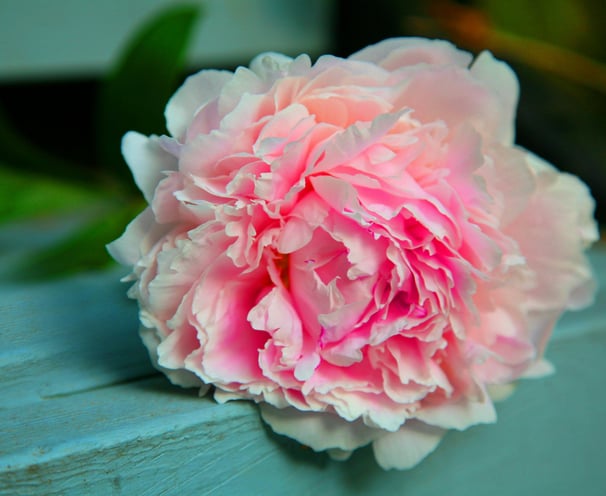

Peonies thrive in well-drained, fertile soil that is rich in organic matter. Ideally, the soil should have a pH level between 6.0 and 7.0, slightly acidic to neutral. Sandy loam or loamy soil with good structure is preferred for peonies, as it promotes proper drainage while retaining moisture. Prior to planting, amend heavy clay soils with organic matter such as compost, well-rotted manure, or peat moss to improve soil texture and drainage. It's important to ensure that the soil is loose and friable, allowing the roots to spread easily. Plant peonies in a location with full sunlight exposure to encourage strong growth and abundant flowering. Regular watering is essential, especially during dry periods, to keep the soil consistently moist but not waterlogged. With proper soil preparation and care, peonies will thrive and reward you with their luxurious blooms year after year.
Soil Needs
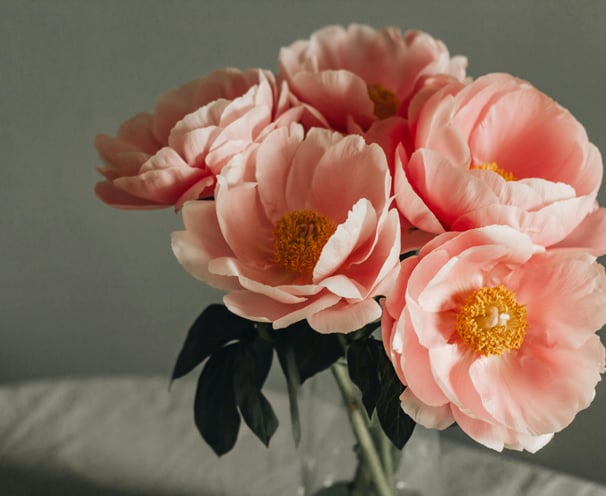

Peonies have moderate water needs, requiring regular watering to maintain soil moisture during the growing season. Water deeply and thoroughly, ensuring the soil is evenly moist but not waterlogged. Allow the soil to dry out slightly between watering sessions to prevent water-logging and root rot. Avoid overhead watering, as wet foliage can promote fungal diseases. During hot, dry periods, increase watering frequency to keep the soil consistently moist. Mulching around the base of peony plants helps retain soil moisture, suppress weeds, and regulate soil temperature. In cooler months or during dormancy, reduce watering frequency but ensure the soil doesn't dry out completely. Regularly monitor soil moisture levels and adjust watering practices accordingly to meet the specific needs of your peonies for optimal growth and blooming.
Water Needs


Peonies have modest fertilizer needs, requiring periodic feeding to support healthy growth and abundant flowering. Apply a balanced, slow-release fertilizer formulated for flowering plants in early spring, just as new growth emerges. Avoid fertilizers high in nitrogen, as they can promote excessive foliage growth at the expense of flower production. A fertilizer with a higher phosphorus content encourages robust root development and flowering. Apply fertilizer according to package instructions, ensuring even distribution around the base of the plant. Water thoroughly after fertilizing to help nutrients reach the root zone. Organic fertilizers such as compost or well-rotted manure can also provide beneficial nutrients to peonies. Apply organic amendments as a top dressing around the base of the plant in early spring. Monitor plant growth and flowering throughout the growing season and adjust fertilization practices as needed to maintain healthy, vigorous peonies.
Fertilizer Needs
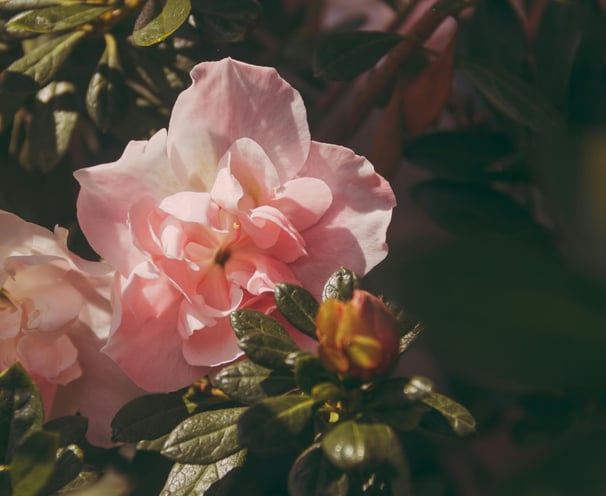

Peony varieties showcase a rich tapestry of colors, forms, and fragrances, each contributing its unique charm to gardens and landscapes. Some popular peony varieties include:
Sarah Bernhardt: Renowned for its large, fragrant, double pink blooms, Sarah Bernhardt is a classic choice for peony enthusiasts.
Bowl of Beauty: With its striking combination of pink outer petals and creamy center, Bowl of Beauty captivates with its unique beauty and grace.
Coral Charm: This stunning variety features large, semi-double flowers that open coral pink and mature to a vibrant peachy-orange hue, adding warmth to the garden.
Festiva Maxima: A timeless favorite, Festiva Maxima boasts large, fragrant, white blooms with crimson flecks at the center, creating a captivating contrast.
Duchesse de Nemours: Known for its pure white, fully double flowers and sweet fragrance, Duchesse de Nemours exudes elegance and sophistication.
Kansas: With its vibrant, deep red blooms and strong stems, Kansas makes a bold statement in the garden and is prized for its resilience.
These are just a few examples of the diverse peony varieties available, each offering its own unique combination of beauty, fragrance, and garden performance.
Peony Varieties

